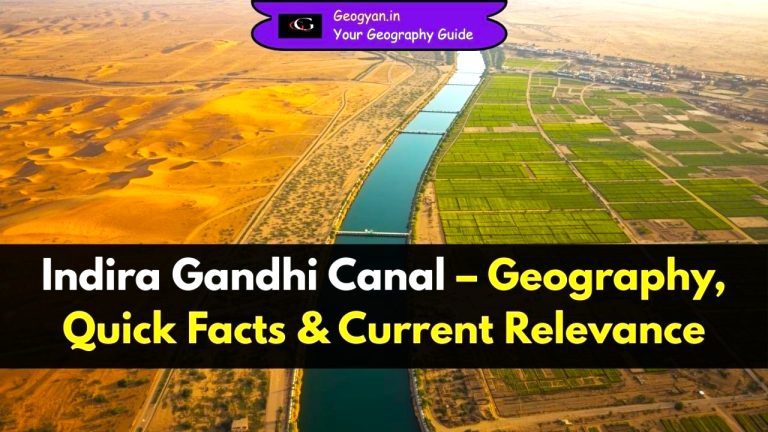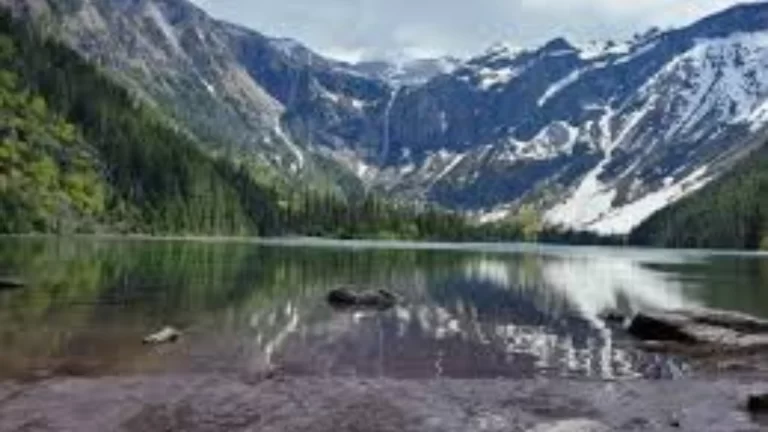Estimated reading time: 4 minutes
Maps
Long ago, around 2300 B.C., the Babylonians created the earliest known graphic maps using clay tablets. These maps depicted information about the region where the Tigris and Euphrates Rivers flow, which is now modern-day Iraq.
Today, making maps and charts is both a specialized science and an art. It involves various fields like geography, engineering, mathematics, graphics, computer science, and artistic skills. It’s similar to architecture, as it combines aesthetics and functionality to create useful products.
A map is a simplified view of an area, usually a part of the Earth’s surface, seen from above and scaled down. The process of making maps is called cartography, a part of geography. Maps are essential tools for geographers to show spatial information and analyze relationships between different places.
We all use maps at some point, whether it’s to find our location, plan a trip, or coordinate business activities. Perhaps you’ve also looked at a map and imagined exciting adventures in faraway lands.
Maps are truly wonderful tools!Knowing some basics about maps is crucial for studying physical geography.
The Scale of Maps
Architects, toy designers, and mapmakers share something in common: they create scale models. They take real objects and places and make them smaller on drawings, model cars, trains, planes, diagrams, or maps.
For example, an architect makes a blueprint of a building to guide the construction, using a scale where one centimeter on the drawing represents a certain number of meters in the actual building.
Usually, the drawing is a fraction of the real size, like 1/50 or 1/100.Mapmakers do the same thing when creating maps. They use a scale, which is the ratio of the image on the map to the real world. For instance, a 1:1 scale would mean that one centimeter on the map represents one centimeter in the real world, but that would result in an impractically huge map.
A more common scale for a local map is 1:24,000, where 1 unit on the map represents 24,000 identical units on the ground.Map scales can be presented in different ways: written scale, representative fraction, or graphic scale.
The written scale simply states the ratio, like “one centimeter to one kilometer” or “one inch to one mile.” The representative fraction is expressed with a colon or a slash, such as 1:125,000 or 1/125,000. The graphic scale, or bar scale, is a bar graph on the map that allows you to measure distances.

Three common expressions of map scale-written scale, representative fraction, and graphic scale.
Using a graphic scale has an advantage because if the map is enlarged or reduced, the graphic scale adjusts accordingly, while written and fractional scales become incorrect. For example, you can shrink a map from 1:24,000 to 1:63,360, but the scale will still say “1 in. to 2000 ft,” instead of the new correct scale of “1 in. to 5280 ft” (1 mile).
Scales can be classified as small, medium, or large, depending on the ratio. A scale like 1:24,000 is considered large, while 1:50,000,000 is small. The larger the denominator in the fractional scale, the smaller the scale and the more abstract the map is in relation to the real world.
Table
Sample of Representative Fraction and Written Scale for Small, Medium and Large-Scale Maps

To understand scales better, you can compare different maps and globes available in libraries or classrooms. Look for written, representative, and graphic scales on various maps and see how they differ in detail and accuracy. A world globe is considered a small-scale map of Earth’s surface, as it shows a vast area but lacks finer details.
You May Also Like





























